Cooking with Amy - 1940s Edition
Hi. This is going to be pleasant.
We found two recipes published about six months apart - one that dates approximately to May of 1941, the other from January 1942. Let's meet our contestants!
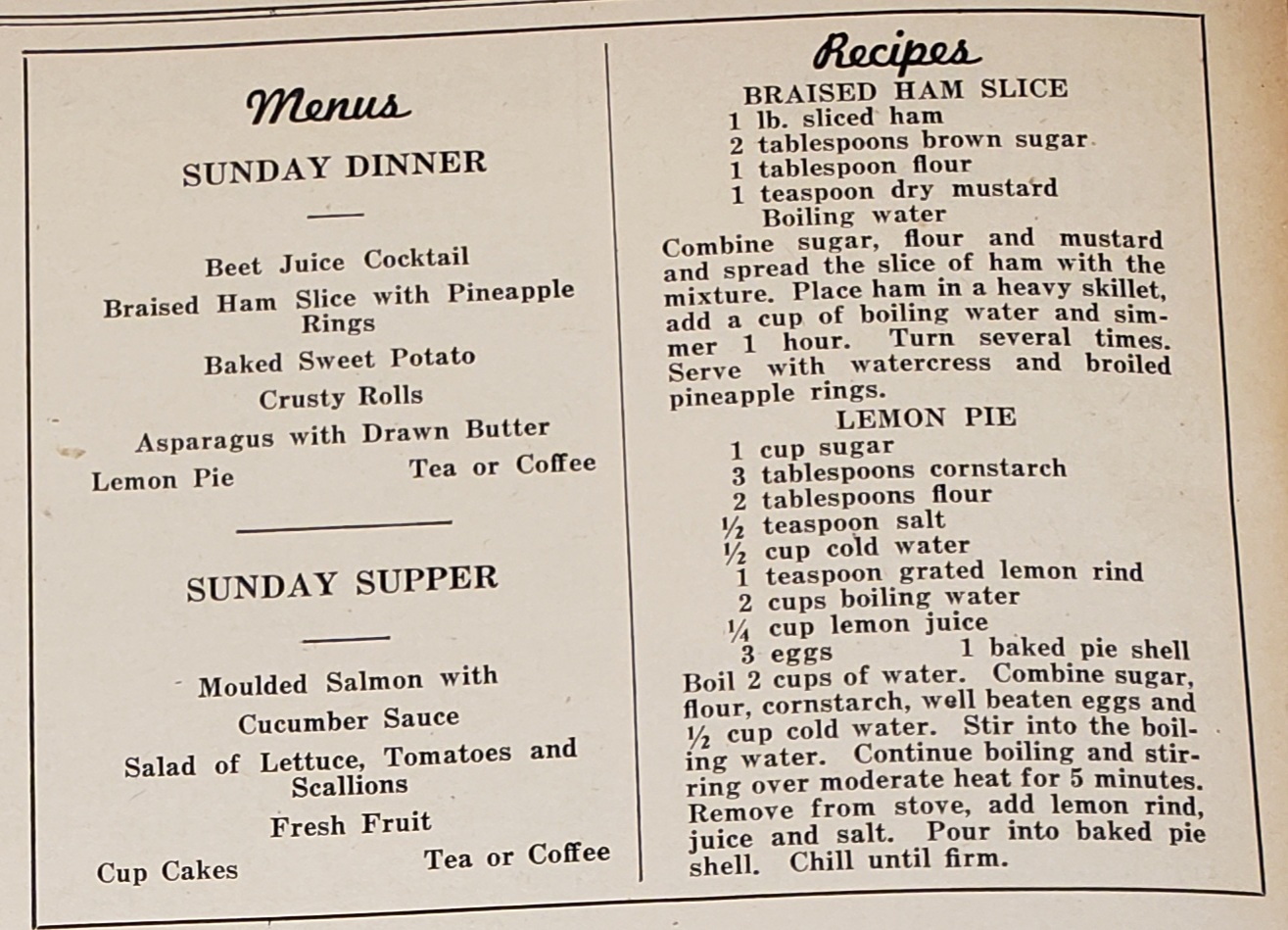
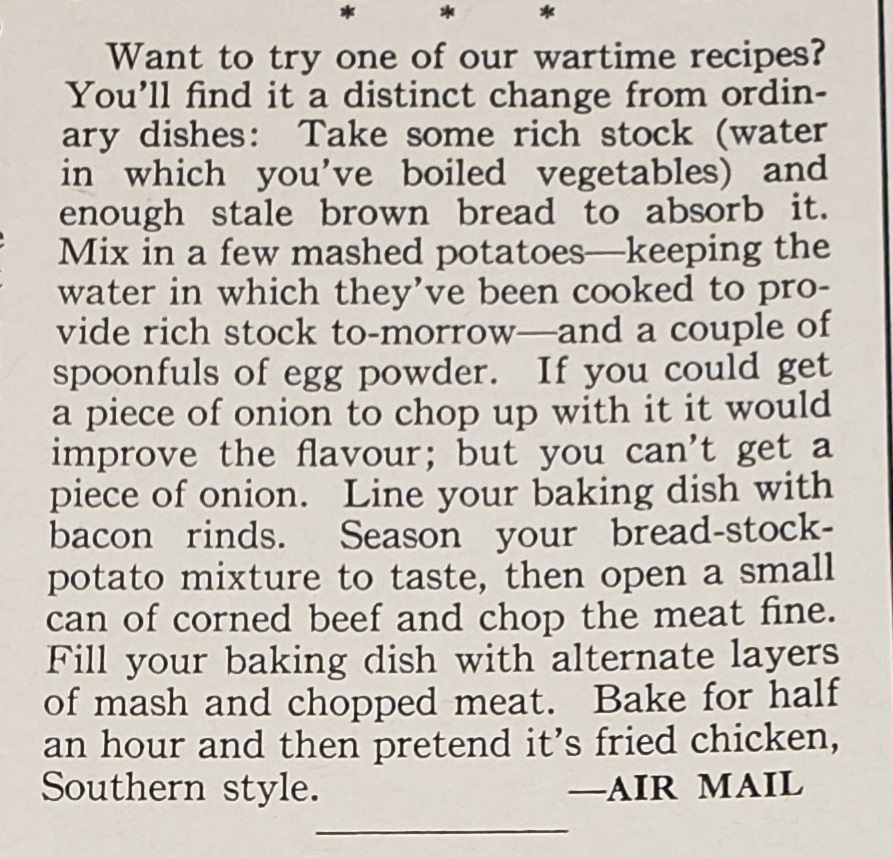
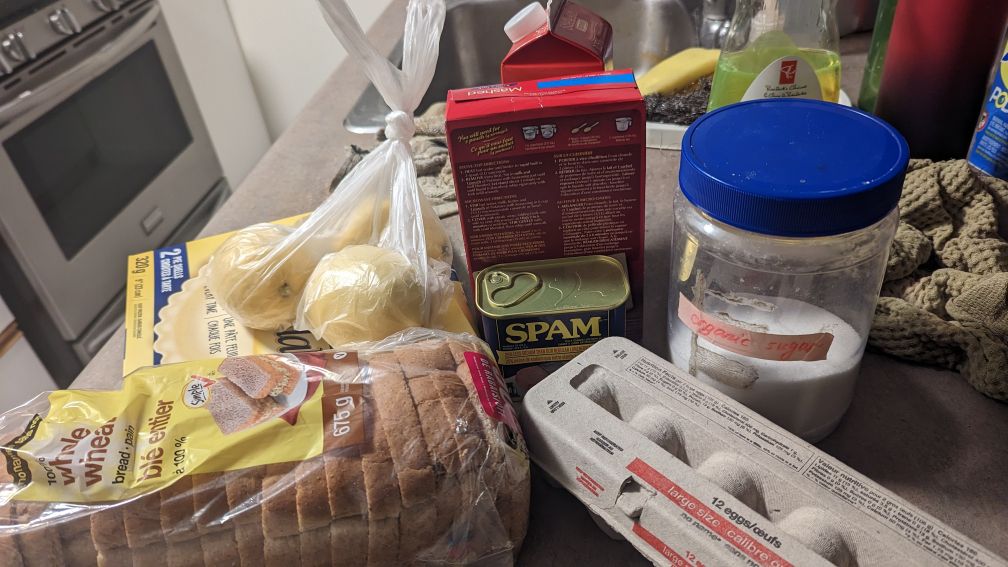
First up is the pie, because I actually have a full recipe, and it also looks much, much more appetizing than the other one. It is also a lot fussier and requires more attention, so I'll get that out of the way first.
Lemon and sugar has been a winning combination for decades, and clearly so, because a recipe I found in 2023 appears to be pretty much the same save for some butter (that would have been difficult to get during the war) (2) and an extra meringue on top. The more things change the more they don't, or something like that.
Once thought of as a quintessential staple of the American diet, pies became increasingly unpopular with the growth of industrialization and the popularity of nutritional science in the late 19th to early 20th centuries. The consumption of so much dough was seen as "weighing down the American spirit". Industrialization also took its toll on pie production as women entered the workforce and pie-making, considered an arduous process, became only an occasional treat. However, after WW2, as gender roles became much more strict once again, pies once again became more popular as improved food technology streamlined the pie-baking process with canned fillings and ready-made crusts. (1) Pies have become something of a symbol of the 1950s housewife, stuck in the kitchen, the full nuclear family experience - thus intrinsically tying this dessert to gender roles - but I can appreciate a good pie no matter the circumstance, so I'm ready to bake.
I'm excited. But who isn't excited for pie?
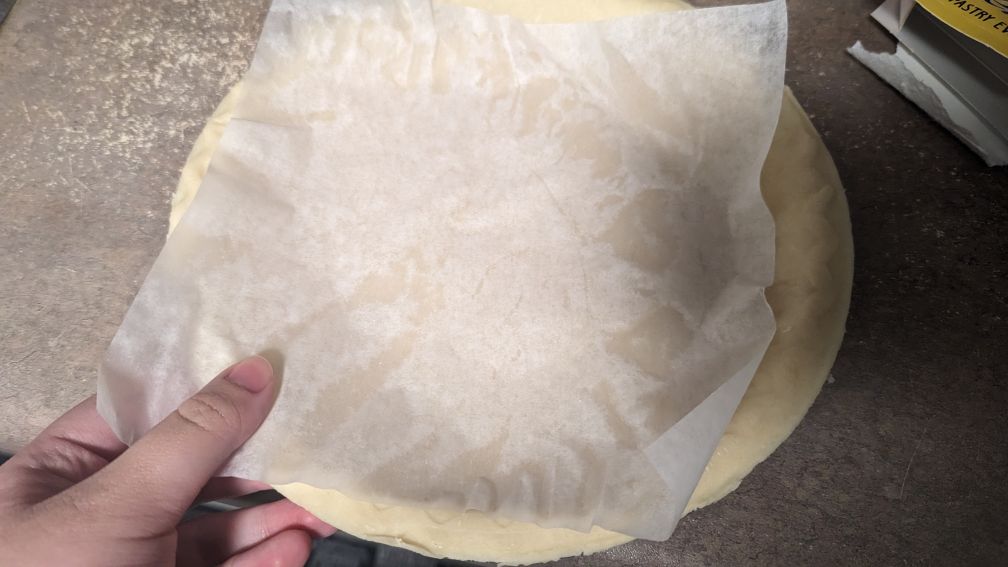
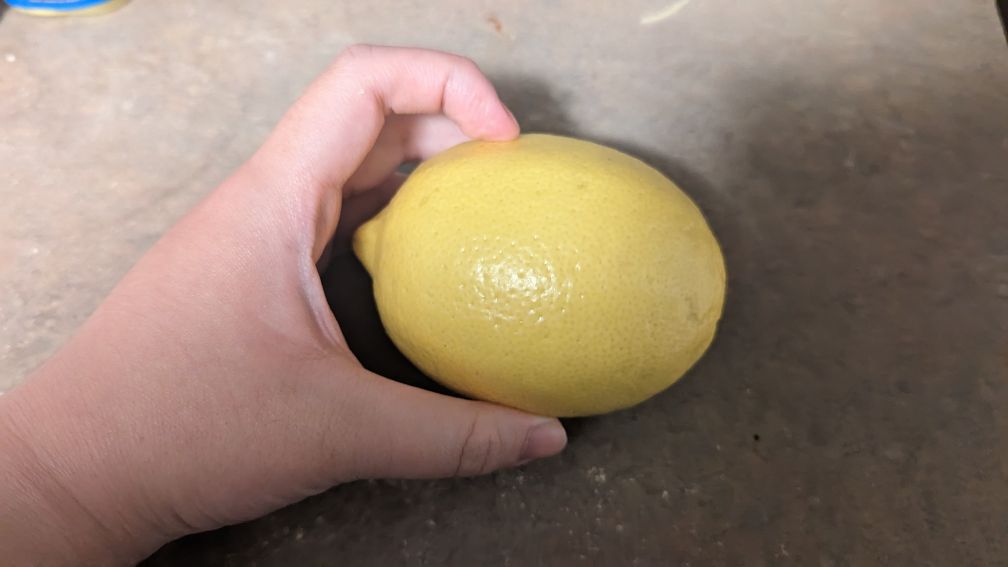

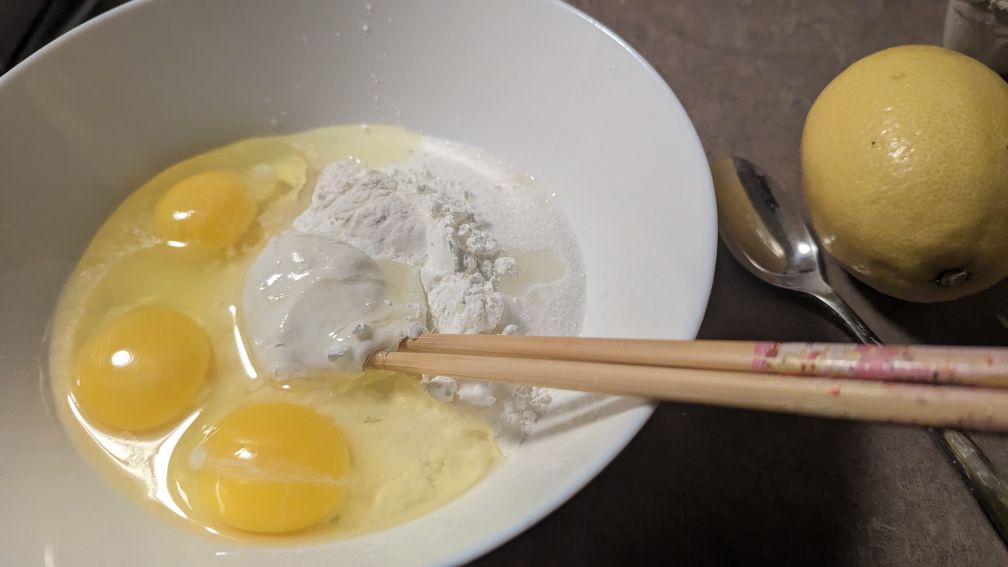
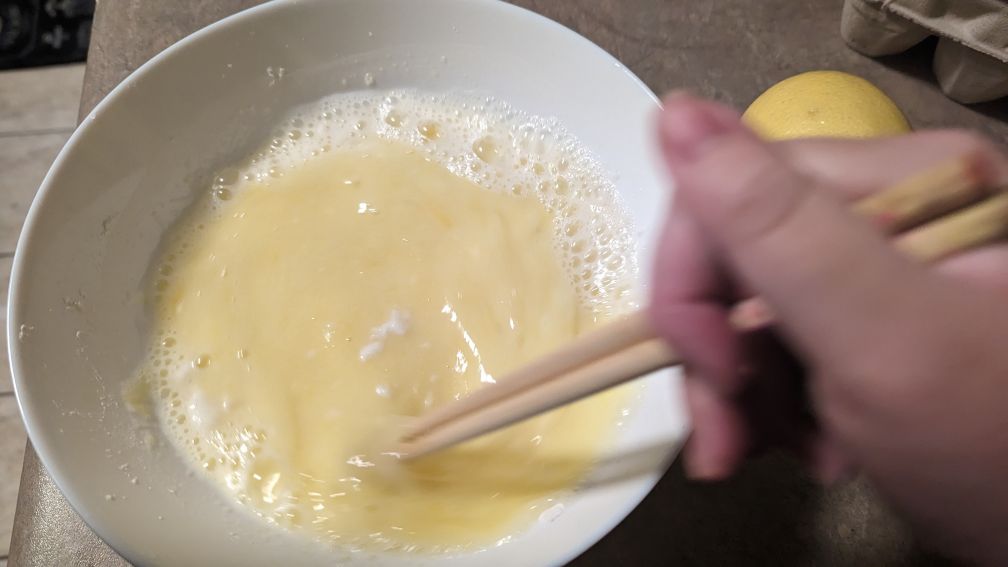
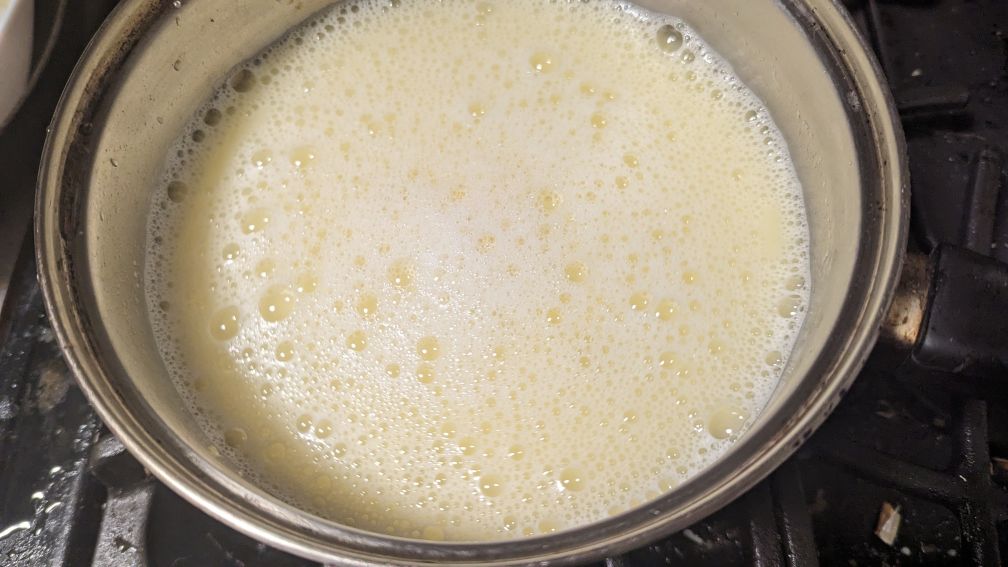
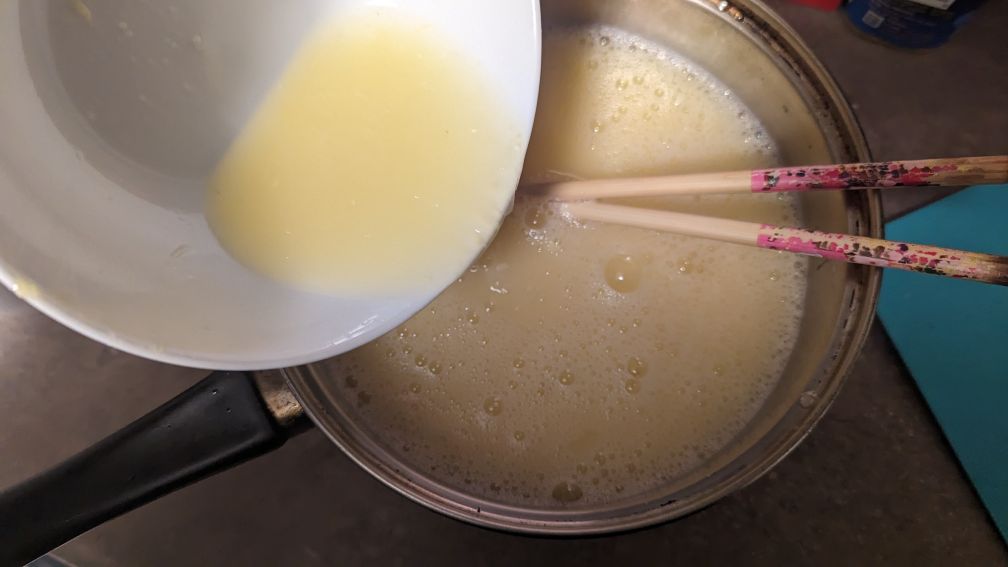
I pour my lemon custard into the pie shell and set in the fridge to chill. Easy peasy! (Or not. We'll come back to this.)
And now... the dreaded... southern fried chicken time.
Confession time, I was biased against this recipe from the start, because I hate corned beef and always have. I elected to replace it in this recipe with SPAM, which both has a special place in my heart as an Asian, and actually has quite the importance with its role in the war. Hopefully its addition into this recipe will make it a little more... edible. And it lets me introduce a historical tidbit!
SPAM was invented in 1937 by Jay Hormel in Austin, Minnesota as a way to use up pork shoulders (which were then-unprofitable, which is a shame because you can do a whole lot with pork shoulder); initial sales were slow, however, as housewives were suspicious of canned meat and its safety. Upon the start of the war, though, you couldn't be too picky where your meat came from, and SPAM was essentially the perfect army food - cheap, filling, and shelf-stable. (1) Canned meat has been inextricably tied to war ever since the Civil War, and then to an underclass who couldn't afford fresh meat. (3) The US Army bought SPAM by the millions of tonnes - 150 million before the end of the war, in fact, shipped to European and Pacific theatres; it also became immensely popular amongst the Allies. (1) It was assumed men needed more food - more meat in particular - if they were to work, which Mosby notes likely contributed to higher rates of malnutrition amongst families during the 1930s and 40s. SPAM and other canned and preserved meats like it allowed families to more easily meet the nutrition they had been achieving pre-war, before the introduction of rationing. (4) It was not rationed, like fresh meat (limited to 2 pounds, per person, per week) and was cheap and shelf-stable, so it became wildly popular at the homefront.
Sexism! Gender roles! They really are everywhere! Even in my damn spam!
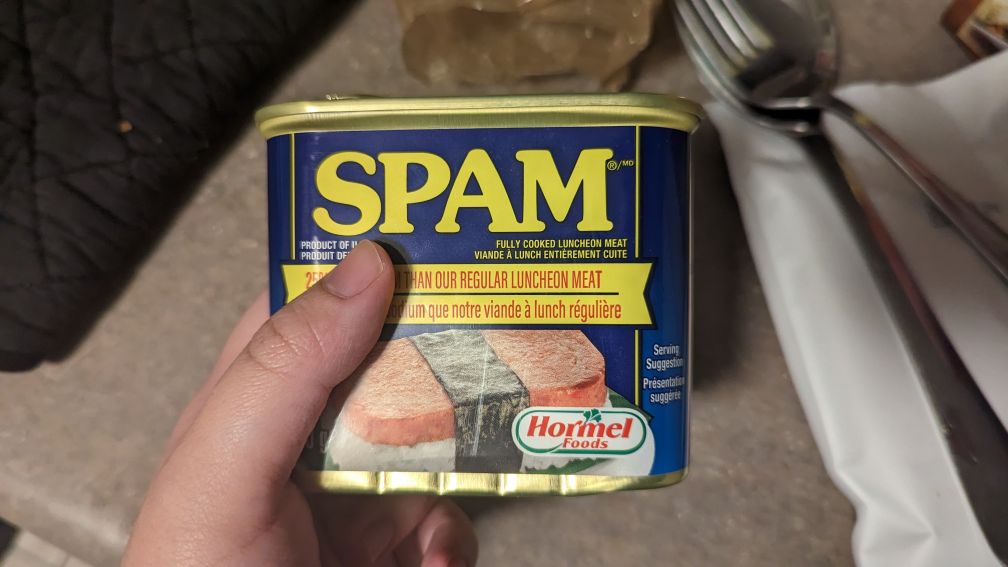
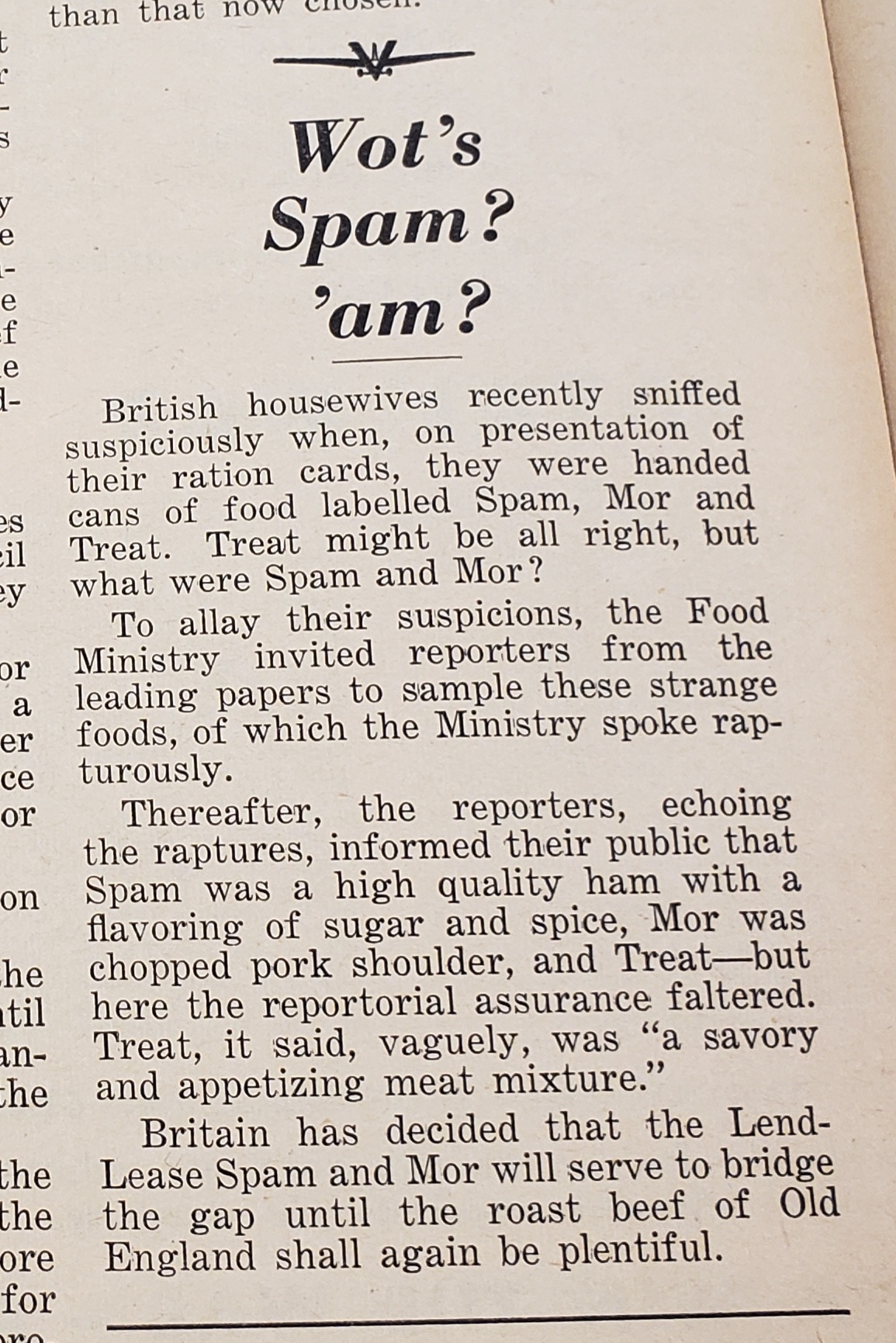
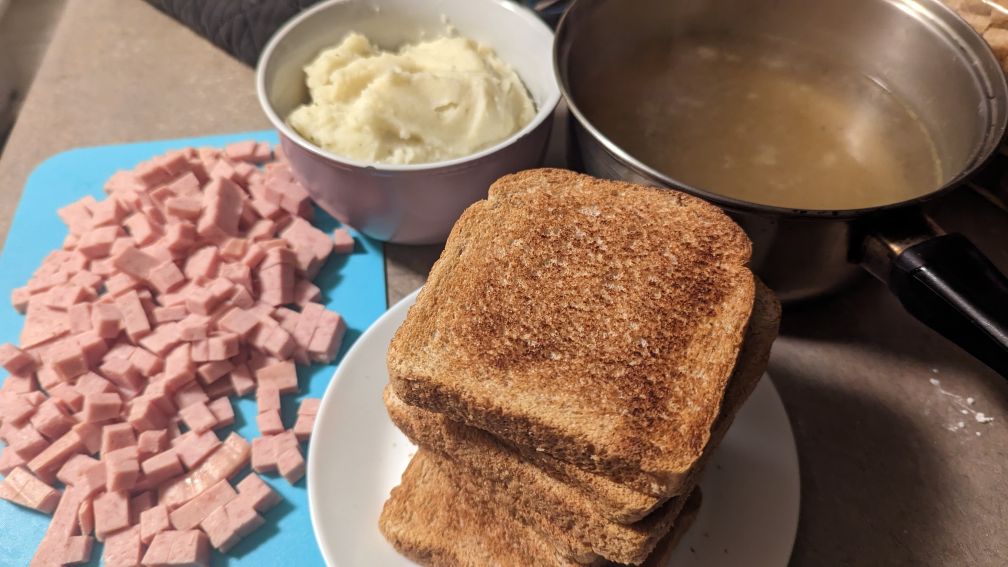
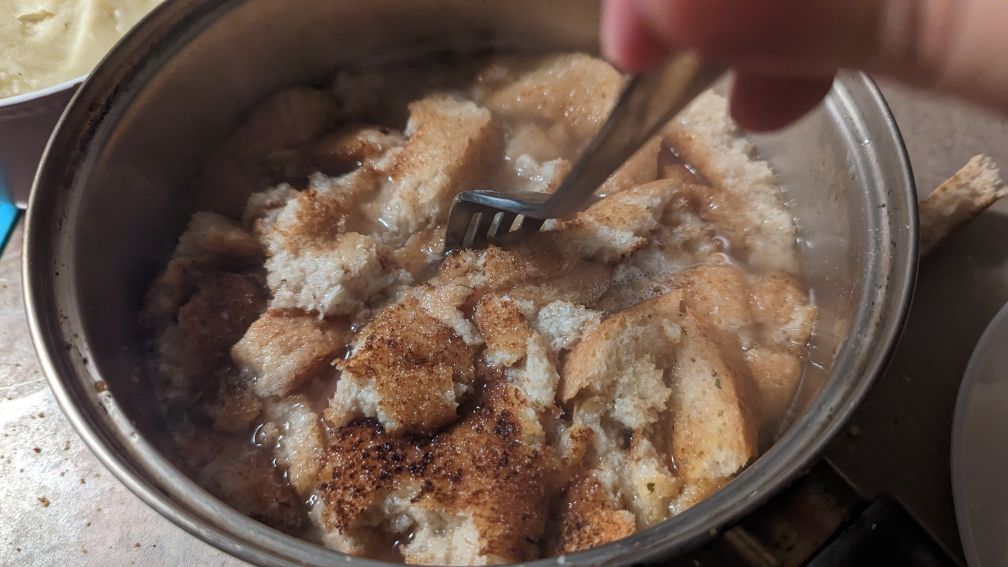
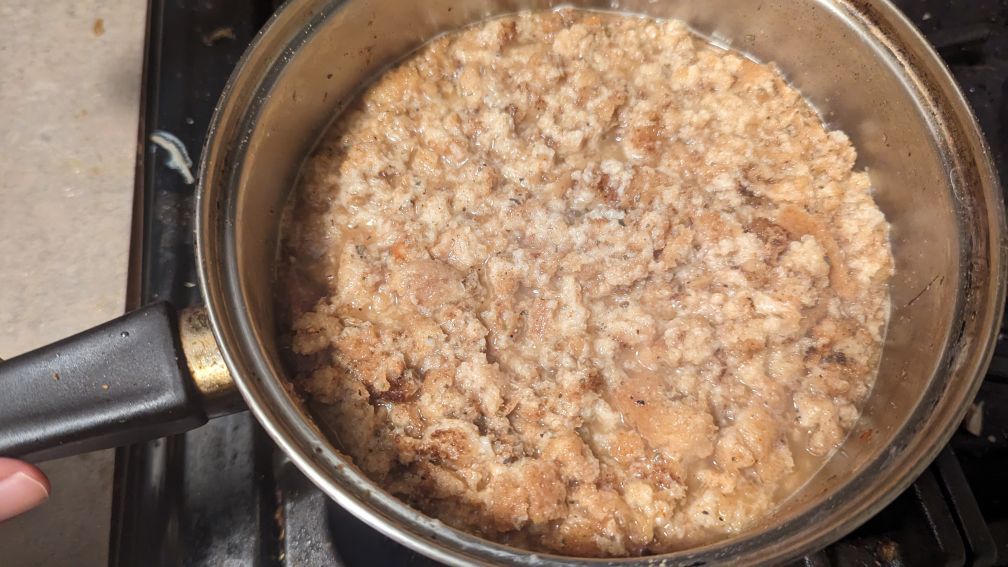
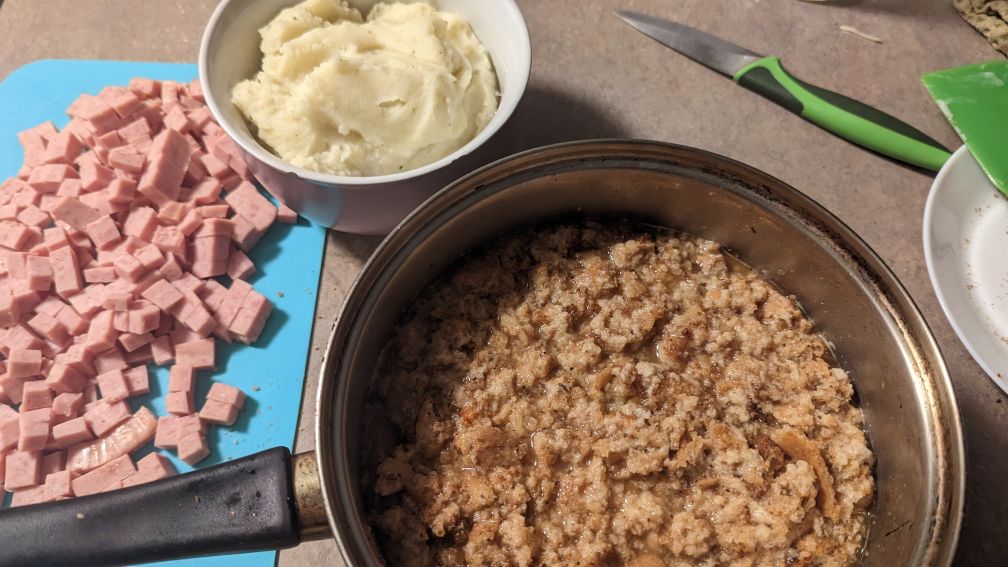
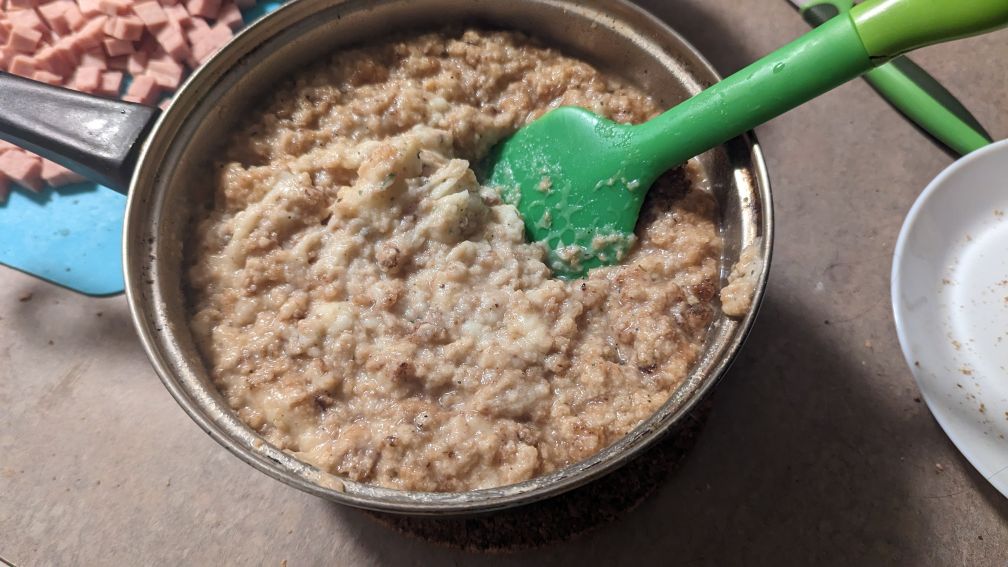
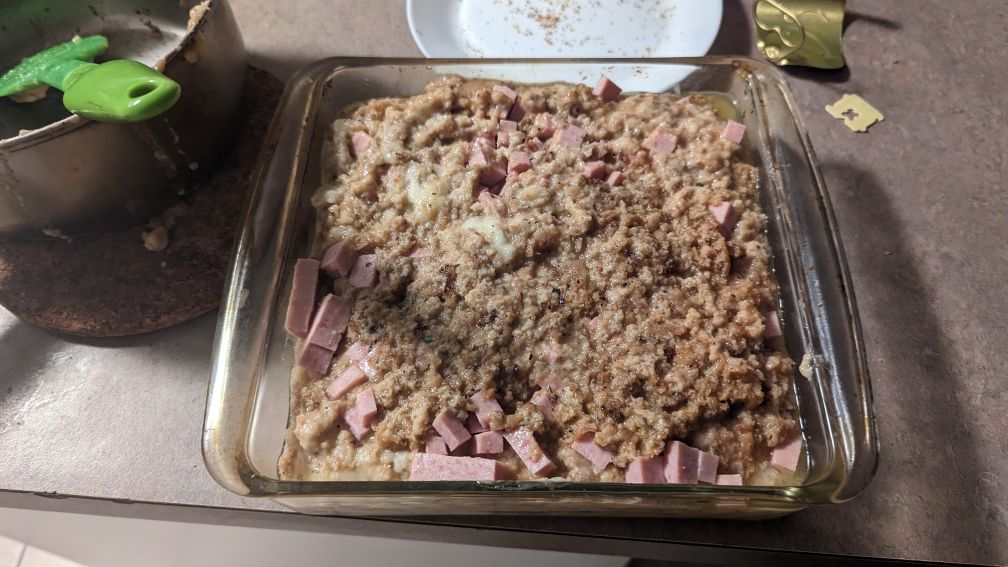
Final Results
Confession time: I had to tweak the pie recipe, because I think I messed up a little near the end. While I put it in the fridge to chill... this thing just refused to set whatsoever. Ultimately, I ended up baking it for 40 minutes, which I don't think affected it too much.
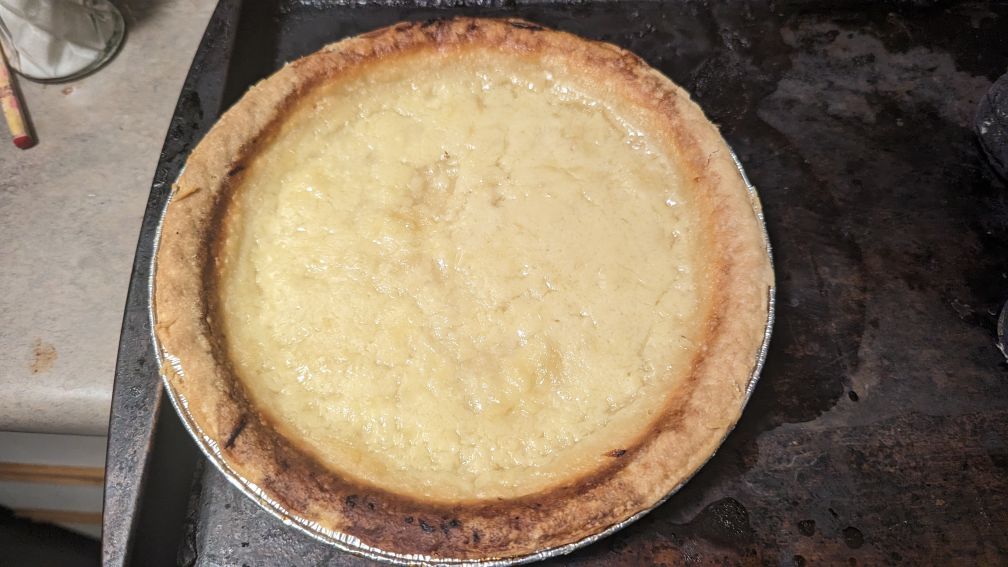
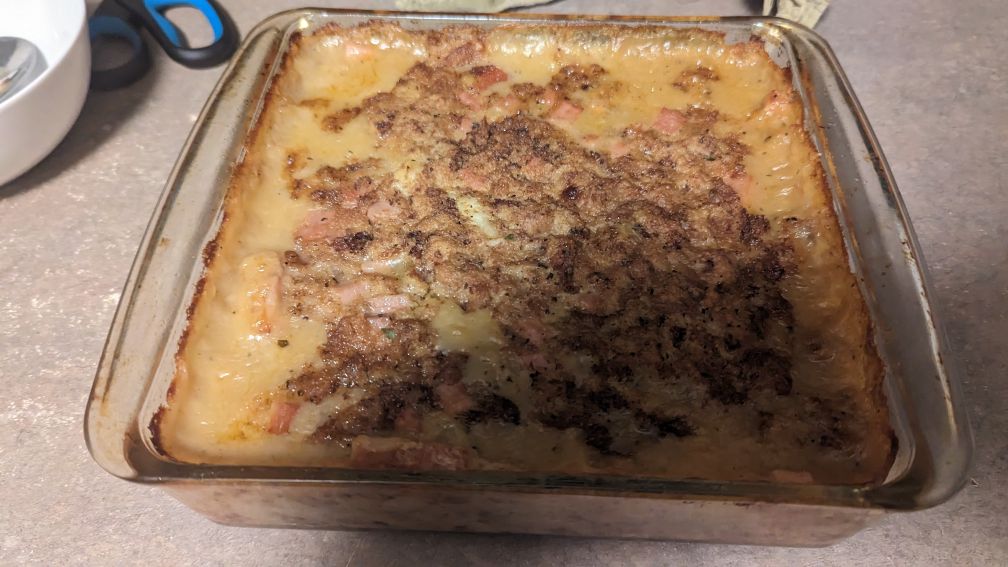
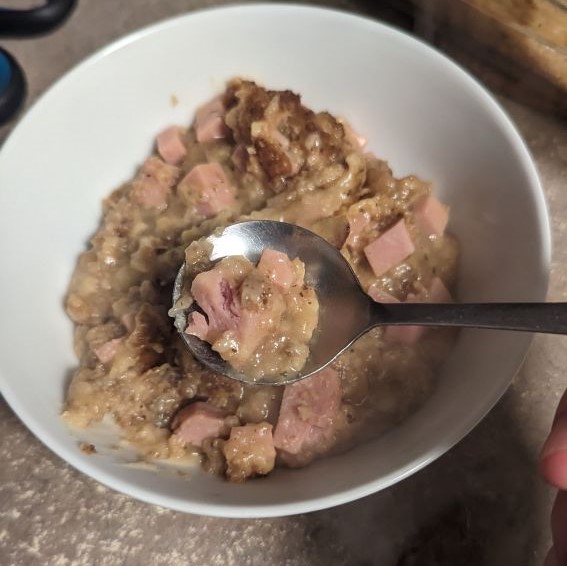
Which one won?
Lemon pie. Not even a question. But it wasn't ever really a fair fight.
Which one was easier?
The "fried chicken", which is basically a glorified casserole. My friend called it a "struggle dish" which is pretty accurate. This would probably have been something easy to make in a difficult time with very few, very hardy ingredients.
Would you make them again?
Maybe the lemon pie, although I'd definitely put a meringue on top, though we share an egg shortage problem with our predecessors. It actually was *really* good.
The "fried chicken"? Absolutely not. I want real fried chicken first.
Why are these so different?
Different points in the war. Canada did not enter into a full-scale operation until the Allied invasion of Italy began in 1943, but had been supplying Britain before that point. (5) Note Pearl Harbor was December 1941 and what happens in the States often affects Canada.
Recipe and food pages were often vital to housewives and home cooks on the homefront because it gave them advice on how to get creative and properly feed their families while on restrictive rations. This was an unprecedented level of "importance" for what had previously always been considered soft ball news and allowed for the women's page to reach a height of prominence it had never before seen. (6) Rationing was also seen as "unifying" for not just the home front of Canada, but the home front of the entire Commonwealth, as it was seen as a shared struggle and created a sense of patriotic unity amongst the Allies. (4) So as much as I'm ragging on the "fried chicken" recipe, it was a filling food for a time of difficulty, it symbolized a shared struggle, and, in some way, is actually quite feminist.
So... cheers for the fried chicken?
Nah. I'm throwing this thing out.
Bibliography
(3) Lewis, George H. “From Minnesota Fat to Seoul Food: Spam in America and the Pacific Rim.” The Journal of Popular Culture 34, no. 2 (2000): 83–105. https://doi.org/10.1111/j.0022-3840.2000.3402_83.x.
(4) Mosby, Ian. Food Will Win the War. Vancouver: Kent State University Press, 2014. https://books.scholarsportal.info/uri/ebooks/ebooks3/upress/2014-06-27/1/9780774827638.
(5) Canada, Veterans Affairs. “Canada - Italy 1943-1945 - The Second World War - History - Remembrance - Veterans Affairs Canada,” June 23, 2021. https://www.veterans.gc.ca/eng/remembrance/history/second-world-war/canada-Italy-1943-to-1945.
(6) Voss, Kimberly Wilmot. Re-Evaluating Women’s Page Journalism in the Post-World War II Era: Celebrating Soft News. Cham: Springer International Publishing, 2018. https://doi.org/10.1007/978-3-319-96214-6.